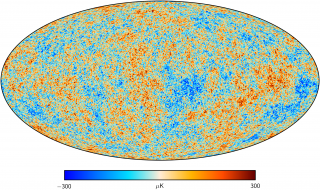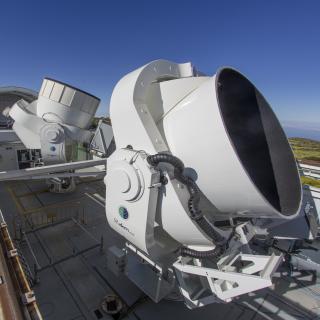Bibcode
Lamagna, L.; Addamo, G.; Ade, P. A. R.; Baccigalupi, C.; Baldini, A. M.; Battaglia, P. M.; Battistelli, E.; Baù, A.; Bersanelli, M.; Biasotti, M.; Boragno, C.; Boscaleri, A.; Caccianiga, B.; Caprioli, S.; Cavaliere, F.; Cei, F.; Cleary, K. A.; Columbro, F.; Coppi, G.; Coppolecchia, A.; Corsini, D.; Cuttaia, F.; D'Alessandro, G.; de Bernardis, P.; De Gasperis, G.; De Petris, M.; Torto, F. Del; Fafone, V.; Farooqui, Z.; Farsian, F.; Fontanelli, F.; Franceschet, C.; Gaier, T. C.; Gatti, F.; Genova-Santos, R.; Gervasi, M.; Ghigna, T.; Grassi, M.; Grosso, D.; Incardona, F.; Jones, M.; Kangaslahti, P.; Krachmalnicoff, N.; Mainini, R.; Maino, D.; Mandelli, S.; Maris, M.; Masi, S.; Matarrese, S.; May, A.; Mena, P.; Mennella, A.; Molina, R.; Molinari, D.; Morgante, G.; Nati, F.; Natoli, P.; Pagano, L.; Paiella, A.; Paonessa, F.; Passerini, A.; Perez-de-Taoro, M.; Peverini, O. A.; Pezzotta, F.; Piacentini, F.; Piccirillo, L.; Pisano, G.; Polastri, L.; Polenta, G.; Poletti, D.; Presta, G.; Realini, S.; Reyes, N.; Rocchi, A.; Rubino-Martin, J. A.; Sandri, M.; Sartor, S.; Schillaci, A.; Signorelli, G.; Soria, M.; Spinella, F.; Tapia, V.; Tartari, A.; Taylor, A.; Terenzi, L.; Tomasi, M.; Tommasi, E.; Tucker, C.; Vaccaro, D.; Vigano, D. M.; Villa, F.; Virone, G.; Vittorio, N.; Volpe, A.; Watkins, B.; Zacchei, A.; Zannoni, M.
Bibliographical reference
Journal of Low Temperature Physics
Advertised on:
4
2020
Citations
13
Refereed citations
12
Description
The large-scale polarization explorer (LSPE) is a cosmology program for the measurement of large-scale curl-like features (B-modes) in the polarization of the cosmic microwave background. Its goal is to constrain the background of inflationary gravity waves traveling through the universe at the time of matter-radiation decoupling. The two instruments of LSPE are meant to synergically operate by covering a large portion of the northern microwave sky. LSPE/STRIP is a coherent array of receivers planned to be operated from the Teide Observatory in Tenerife, for the control and characterization of the low-frequency polarized signals of galactic origin; LSPE/SWIPE is a balloon-borne bolometric polarimeter based on 330 large throughput multi-moded detectors, designed to measure the CMB polarization at 150 GHz and to monitor the polarized emission by galactic dust above 200 GHz. The combined performance and the expected level of systematics mitigation will allow LSPE to constrain primordial B-modes down to a tensor/scalar ratio of 10-2. We here report the status of the STRIP pre-commissioning phase and the progress in the characterization of the key subsystems of the SWIPE payload (namely the cryogenic polarization modulation unit and the multi-moded TES pixels) prior to receiver integration.
Related projects

Anisotropy of the Cosmic Microwave Background
The general goal of this project is to determine and characterize the spatial and spectral variations in the temperature and polarisation of the Cosmic Microwave Background in angular scales from several arcminutes to several degrees. The primordial matter density fluctuations which originated the structure in the matter distribution of the present
Rafael
Rebolo López

QUIJOTE CMB Experiment (Q-U-I JOint TEnerife CMB Experiment)
QUIJOTE es un programa de dos telescopios y su batería de instrumentos, instalados en el Observatorio del Teide, dedicados fundamentalmente a la caracterización de la polarización del Fondo Cósmico de Microondas, en el rango de frecuencias de 10-42 GHz.
José Alberto
Rubiño Martín